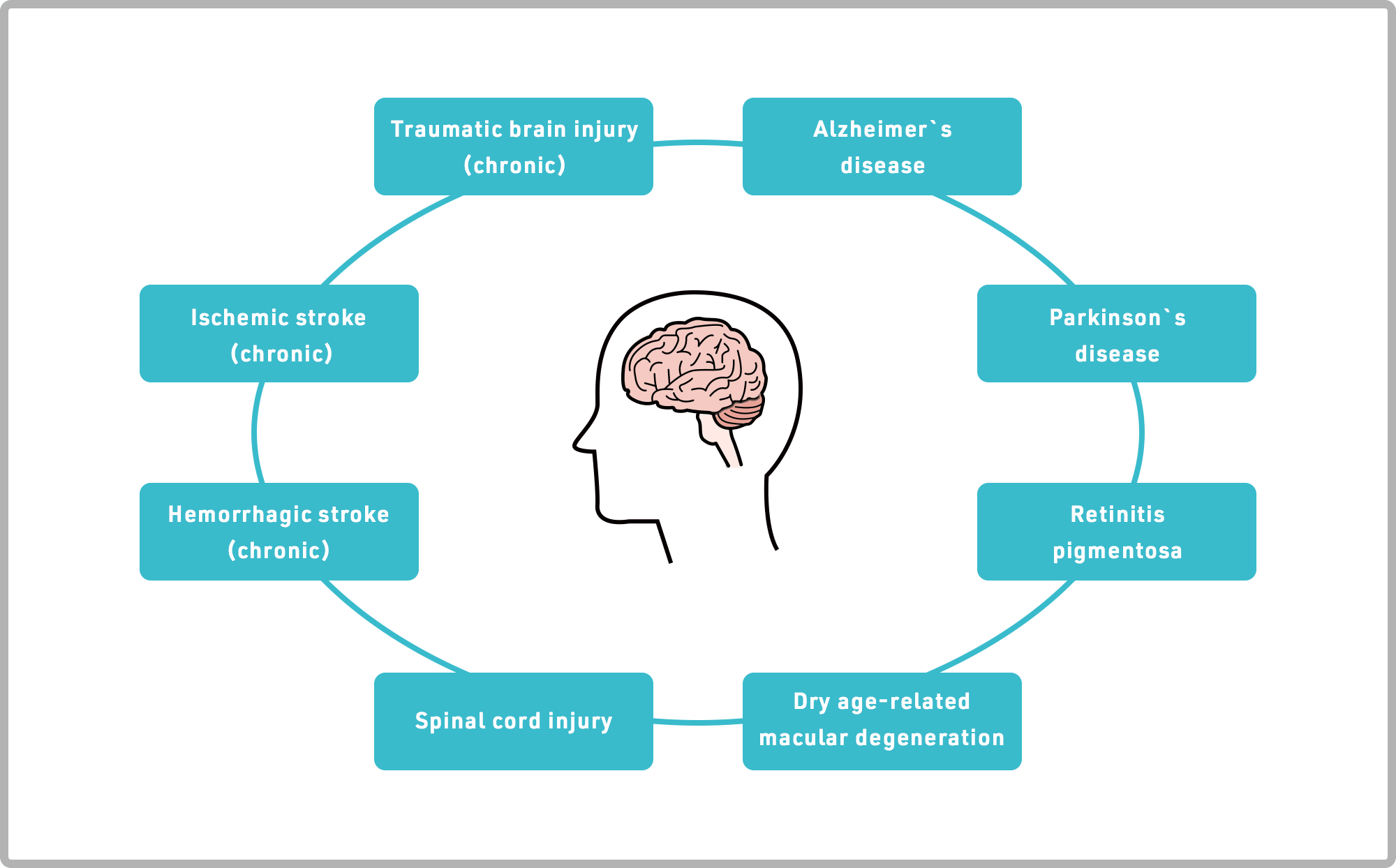Table of Contents

[/image][=video]
[/video]
There are lots of sorts of stem cells. In basic, the term stem cell refers to a category of cells that trigger other cells (like skin, blood, heart, and muscle cells) by replicating and differentiating in action to chemical cues. Totipotent stem cells show up at the earliest phase of advancement and are the only stem cells which can produce beginning stem cells and the placenta.
Bone marrow transplant (BMT) is an unique therapy for individuals with certain cancers or other illness. A bone marrow transplant includes taking cells that are normally located in the bone marrow (stem cells), filtering system those cells, and providing back either to the contributor (patient) or to another person. The goal of BMT is to transfuse healthy bone marrow cells right into a person after his/her very own undesirable bone marrow has been dealt with to kill the irregular cells.
Bone marrow is the soft, spongy cells located inside bones. It is where a lot of the body's blood cells create and are stored. The blood cells that make other blood cells are called stem cells. The most primitive of the stem cells is called the pluripotent stem cell. This is different than various other blood cells with respect to the adhering to residential or commercial properties: It is able to replicate one more cell identical to itself.
It is the stem cells that are required in bone marrow transplant. The objective of a bone marrow transplant is to heal numerous illness and kinds of cancer cells. When the dosages of radiation treatment or radiation needed to heal a cancer cells are so high that an individual's bone marrow stem cells will be permanently harmed or ruined by the treatment, a bone marrow transplant may be required.
Stem Cell Therapy servicing Norton Shores
This process is usually called rescue. Change bone marrow with genetically healthy working bone marrow to stop even more damages from a hereditary illness procedure (such as Hurler's disorder and adrenoleukodystrophy). The risks and advantages should be considered in an extensive conversation with your doctor and professionals in bone marrow transplants before the treatment.
There are various kinds of bone marrow transplants depending upon that the contributor is. The different sorts of BMT consist of the following: The contributor is the individual himself or herself. Stem cells are extracted from the individual either by bone marrow harvest or apheresis (a process of gathering peripheral blood stem cells), frozen, and after that provided back to the client after extensive treatment.
The contributor shares the very same hereditary kind as the patient. Stem cells are taken either by bone marrow harvest or apheresis from a genetically matched donor, typically a sibling or sis. Other donors for allogeneic bone marrow transplants might consist of the following: A haploid-identical match is when the donor is a parent and the hereditary suit is at least half the same to the recipient.

Matching includes keying human leukocyte antigen (HLA) cells. The antigens externally of these special leukocyte identify the hereditary make-up of a person's immune system. There go to the very least 100 HLA antigens; however, it is believed that there are a few significant antigens that establish whether a benefactor and recipient match.
Medical research study is still checking out the duty all antigens play in the process of a bone marrow transplant. The even more antigens that match, the much better the engraftment of given away marrow. Engraftment of the stem cells takes place when the given away cells make their way to the marrow and start making new members cells.
Stem Cell Therapy in Norton Shores
All people work together to provide the ideal chance for a successful transplant. The team consists of the following: Health care providers that specialize in oncology, hematology, immunology, and bone marrow transplantation.
Experts who will certainly aid you satisfy your nutritional requirements before and after the transplant. A number of various other group members will certainly evaluate you before hair transplant and will provide follow-up treatment as required.

A full case history and physical examination are done, consisting of several examinations to evaluate the person's blood and organ functions (for instance, heart, kidney, liver, and lungs). A patient will certainly usually enter the transplant facility approximately 10 days prior to transplant for hydration, analysis, placement of the central venous line, and other preparations.
Blood items and medications will certainly be provided with the catheter during therapy. For an allogeneic transplant, an appropriate (tissue entered and matched) donor has to be offered. Finding a matching donor can be a tough and prolonged procedure, specifically if a brother or sister match is not offered. Volunteer marrow benefactors are registered in a number of nationwide and worldwide computer registries.
Donor resources offered consist of: self, sibling, parent or loved one, nonrelated person, or umbilical cable from a relevant or nonrelated person. There are national and global registries for nonrelated individuals and cable blood. Some family members might be typed due to the fact that of the wish to aid. These relatives might or may not choose to have their kind signed up for use with other recipients.
Perimenopause Treatment local to Norton Shores
Tests associated with his or her health and wellness, direct exposure to viruses, and hereditary analysis will certainly be done to identify the level of the suit. The contributor will certainly be given guidelines on just how a bone marrow contribution will certainly be made. When a match for an individual needing a bone marrow transplant is found, then stem cells will certainly be gathered either by a bone marrow harvest.
Or by an outer blood stem cell collection. This is where stem cells are collected from the circulating cells in the blood.
Navigation
Latest Posts
Regenerative Therapy
Perimenopause Treatment
Menopause Treatment local to Norton Shores